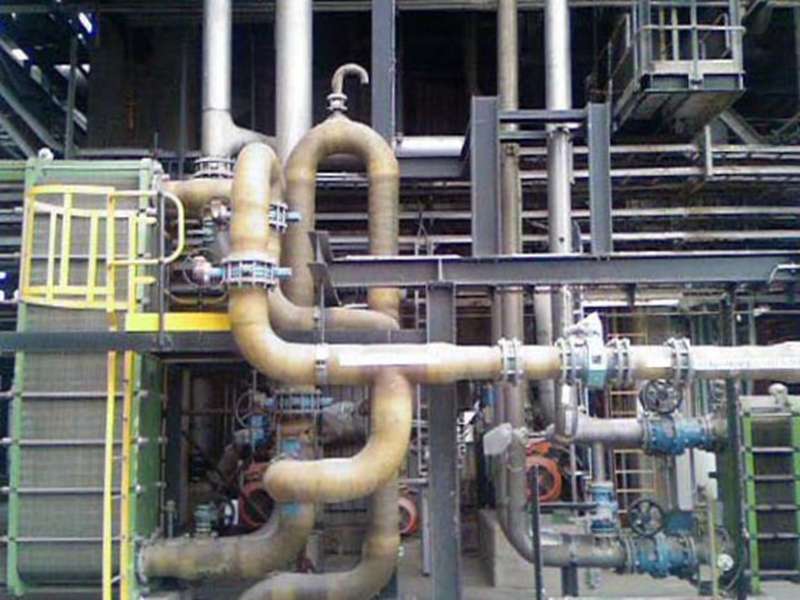
-
 Afrikaans
Afrikaans -
 Albanian
Albanian -
 Amharic
Amharic -
 Arabic
Arabic -
 Armenian
Armenian -
 Azerbaijani
Azerbaijani -
 Basque
Basque -
 Belarusian
Belarusian -
 Bengali
Bengali -
 Bosnian
Bosnian -
 Bulgarian
Bulgarian -
 Catalan
Catalan -
 Cebuano
Cebuano -
 China
China -
 China (Taiwan)
China (Taiwan) -
 Corsican
Corsican -
 Croatian
Croatian -
 Czech
Czech -
 Danish
Danish -
 Dutch
Dutch -
 English
English -
 Esperanto
Esperanto -
 Estonian
Estonian -
 Finnish
Finnish -
 French
French -
 Frisian
Frisian -
 Galician
Galician -
 Georgian
Georgian -
 German
German -
 Greek
Greek -
 Gujarati
Gujarati -
 Haitian Creole
Haitian Creole -
 hausa
hausa -
 hawaiian
hawaiian -
 Hebrew
Hebrew -
 Hindi
Hindi -
 Miao
Miao -
 Hungarian
Hungarian -
 Icelandic
Icelandic -
 igbo
igbo -
 Indonesian
Indonesian -
 irish
irish -
 Italian
Italian -
 Japanese
Japanese -
 Javanese
Javanese -
 Kannada
Kannada -
 kazakh
kazakh -
 Khmer
Khmer -
 Rwandese
Rwandese -
 Korean
Korean -
 Kurdish
Kurdish -
 Kyrgyz
Kyrgyz -
 Lao
Lao -
 Latin
Latin -
 Latvian
Latvian -
 Lithuanian
Lithuanian -
 Luxembourgish
Luxembourgish -
 Macedonian
Macedonian -
 Malgashi
Malgashi -
 Malay
Malay -
 Malayalam
Malayalam -
 Maltese
Maltese -
 Maori
Maori -
 Marathi
Marathi -
 Mongolian
Mongolian -
 Myanmar
Myanmar -
 Nepali
Nepali -
 Norwegian
Norwegian -
 Norwegian
Norwegian -
 Occitan
Occitan -
 Pashto
Pashto -
 Persian
Persian -
 Polish
Polish -
 Portuguese
Portuguese -
 Punjabi
Punjabi -
 Romanian
Romanian -
 Russian
Russian -
 Samoan
Samoan -
 Scottish Gaelic
Scottish Gaelic -
 Serbian
Serbian -
 Sesotho
Sesotho -
 Shona
Shona -
 Sindhi
Sindhi -
 Sinhala
Sinhala -
 Slovak
Slovak -
 Slovenian
Slovenian -
 Somali
Somali -
 Spanish
Spanish -
 Sundanese
Sundanese -
 Swahili
Swahili -
 Swedish
Swedish -
 Tagalog
Tagalog -
 Tajik
Tajik -
 Tamil
Tamil -
 Tatar
Tatar -
 Telugu
Telugu -
 Thai
Thai -
 Turkish
Turkish -
 Turkmen
Turkmen -
 Ukrainian
Ukrainian -
 Urdu
Urdu -
 Uighur
Uighur -
 Uzbek
Uzbek -
 Vietnamese
Vietnamese -
 Welsh
Welsh -
 Bantu
Bantu -
 Yiddish
Yiddish -
 Yoruba
Yoruba -
 Zulu
Zulu
Optimized Carbide Conical Button Bits for Enhanced Rock Drilling Efficiency
Carbide Conical Button Bits Designed for Efficient Rock Drilling
Rock drilling is an essential activity in various industries, including mining, construction, and geological exploration. The effectiveness of drilling operations largely depends on the tools used, particularly the drill bits. Among the most advanced and efficient tools are carbide conical button bits. This article explores the design features, benefits, and applications of these specialized drilling tools, emphasizing their role in enhancing productivity and efficiency in rock drilling.
Design Features
Carbide conical button bits are characterized by their unique conical shape and the use of tungsten carbide for the button inserts. The conical design allows these bits to create a more efficient cutting action, facilitating penetration into hard rock formations. The button inserts are strategically placed at the bit's face, which plays a crucial role in the bit's performance. The sharpness and durability of tungsten carbide provide excellent wear resistance, allowing the bits to maintain their cutting capabilities over extended periods.
One of the most notable features of these bits is their ability to deliver stability and precision during drilling. The conical shape helps to distribute the drilling force evenly, which reduces the likelihood of bit damage and ensures a smoother drilling process. Additionally, the design allows for better fluid flow, which is critical for cooling and flushing away debris during drilling operations.
Benefits
The advantages of using carbide conical button bits over traditional drill bits are significant. First and foremost, their enhanced durability translates to lower operational costs. With a longer lifespan, these bits require less frequent replacement, reducing downtime and increasing efficiency in drilling projects. Furthermore, the superior cutting capability allows for faster penetration rates, which can lead to significant time savings in project completion.
The design of these drill bits also reduces the amount of energy needed for drilling. By optimizing the cutting action and minimizing resistance, carbide conical button bits enable machines to operate more efficiently, translating to lower fuel consumption and reduced environmental impact. This efficiency is particularly important in today’s mining and construction industries, where sustainability and cost-effectiveness are paramount.
Moreover, the adaptability of carbide conical button bits is worth noting. They can be utilized in a variety of rock types, from soft to extremely hard formations. This versatility makes them suitable for diverse applications, further adding to their appeal for operators across different sectors.
carbide conical button bits designed for efficient rock drilling

Applications
Carbide conical button bits are employed in multiple industries, including
1. Mining In underground and surface mining operations, these bits are crucial for creating blastholes and tunnels. Their efficiency in penetrating hard rock makes them ideal for extracting minerals and resources.
2. Construction For drilling foundations, anchoring systems, and other essential structures, these bits provide the reliability and power needed for effective construction.
3. Geotechnical Drilling Used in exploring geological formations and testing soil stability, carbide conical button bits ensure accurate and efficient data collection.
4. Oil and Gas In drilling operations for oil and gas extraction, these bits facilitate deep drilling processes, enabling access to valuable resources located beneath the Earth's surface.
Conclusion
In conclusion, carbide conical button bits represent a significant advancement in the field of rock drilling technology. Their innovative design, coupled with the durability and efficiency of tungsten carbide, makes them an indispensable tool in various industries. As demand for efficient drilling solutions continues to grow, the role of these advanced drill bits will only become more critical in enhancing productivity and ensuring the sustainability of operations. Adopting carbide conical button bits can lead to improved efficiency, reduced costs, and a more effective approach to tackling some of the most challenging drilling tasks in modern industry.









